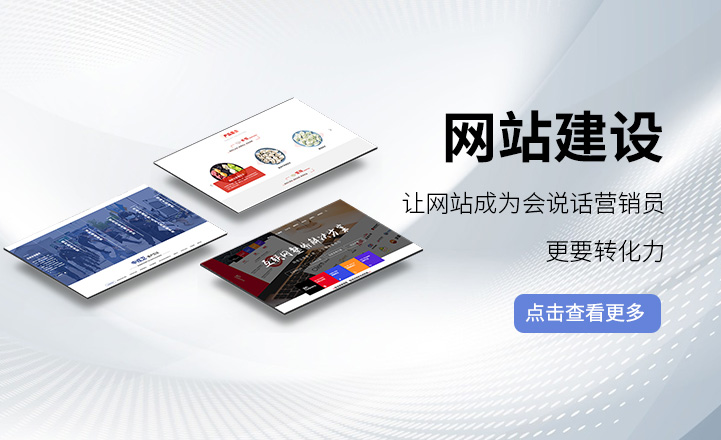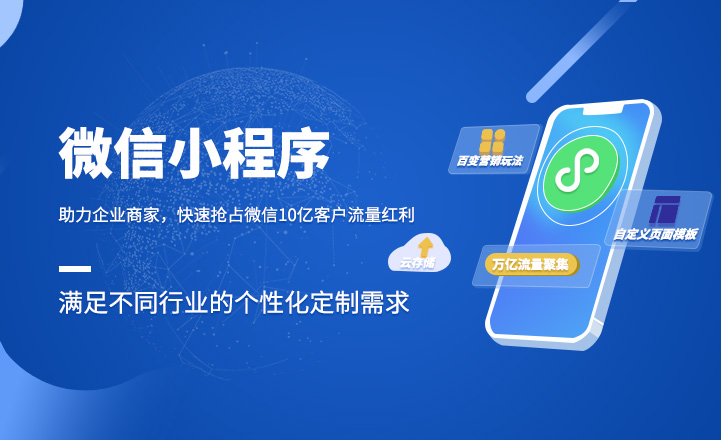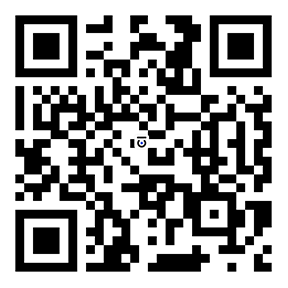在數字化浪潮中,小程序如同“輕量級應用生態”,為企業觸達用戶、優化服務提供了新路徑。然而,從需求萌芽到產品落地,小程序定制并非“一鍵生成”,而是一場對業務邏輯、用戶體驗與技術實現的深度整合。
In the wave of digitalization, mini programs are like a "lightweight application ecosystem", providing new paths for enterprises to reach users and optimize services. However, from the emergence of demand to the implementation of products, mini program customization is not a "one click generation", but a deep integration of business logic, user experience, and technical implementation.
步:需求溝通——挖掘“真需求”而非“假想痛”
Step 1: Requirements Communication - Uncovering "Real Needs" Instead of "Hypothetical Pain"
定制流程的起點,是與客戶進行“靈魂對話”:
The starting point of the customization process is to have a 'soulful dialogue' with the customer:
業務解構:通過“5W1H”提問法(為何做、給誰用、解決什么、何時用、何處用、如何用),剝離表面需求,直擊核心痛點。
Business deconstruction: Using the "5W1H" questioning method (why do we do it, for whom do we use it, what do we solve, when do we use it, where do we use it, how do we use it), strip away surface requirements, and hit the core pain points directly.
用戶畫像:繪制目標用戶的“數字分身”,包括年齡、職業、使用場景及行為偏好。
User Profile: Draw a "digital avatar" of the target user, including age, occupation, usage scenarios, and behavioral preferences.
競品對標:分析同類小程序的“功能矩陣”與“體驗盲區”,尋找差異化切口。
Competitor Benchmarking: Analyze the "functional matrix" and "experience blind spots" of similar mini programs to find differentiation opportunities.
第二步:原型設計——從“想法”到“可觸摸”的躍遷
Step 2: Prototype Design - The Transition from "Ideas" to "Touchable"
將需求轉化為“可交互的草稿”:
Translate requirements into "interactive drafts":
信息架構:繪制頁面層級與導航邏輯,確保用戶能“3步內”抵達目標功能。
Information architecture: Draw page hierarchy and navigation logic to ensure that users can reach the target function within 3 steps.
低保真原型:用灰階色塊與線條勾勒頁面布局,聚焦功能流程而非視覺細節。
Low fidelity prototype: Use grayscale color blocks and lines to outline the page layout, focusing on functional processes rather than visual details.
用戶旅程:設計“新手引導”與“異常狀態”場景,預判用戶可能遇到的困惑。
User Journey: Design scenarios for "novice guidance" and "abnormal states" to anticipate potential confusion that users may encounter.
第三步:UI/UX設計——“顏值”與“腦值”的雙重博弈
Step 3: UI/UX Design - Dual Game of "Appearance" and "Brain Value"
視覺與交互需共同編織“情感化體驗”:
Visual and interactive elements need to weave together an 'emotional experience':
視覺風格:根據品牌調性選擇“極簡風”“科技感”或“國潮風”,色彩心理學應用需貫穿始終。
Visual style: Select "minimalist style", "sense of technology" or "China-Chic style" according to the brand tonality, and color psychology should be applied throughout.
動效設計:用“微交互”提升操作反饋,如按鈕點擊的“水波紋”效果。
Dynamic design: Use "micro interaction" to enhance operational feedback, such as the "water ripple" effect of button clicks.
響應式適配:確保界面在iOS、Android及平板端無縫切換,避免“變形”或“錯位”。
Responsive adaptation: Ensure seamless interface switching between iOS, Android, and tablet, avoiding "distortion" or "misalignment".
第四步:技術選型——“底層架構”決定“上層建筑”
Step 4: Technology selection - "Bottom architecture" determines "superstructure"

技術實現需兼顧穩定性與擴展性:
Technical implementation needs to balance stability and scalability:
前端框架:根據項目復雜度選擇原生開發、Uni-app或Taro,平衡性能與開發效率。
Front end framework: Choose native development, Uni app, or Taro based on project complexity to balance performance and development efficiency.
后端架構:采用微服務架構或Serverless方案,應對高并發與數據挑戰。
Backend architecture: Adopting microservice architecture or Serverless solutions to address high concurrency and data security challenges.
第三方服務:集成支付、地圖、社交登錄等SDK,需提前評估兼容性與數據隱私風險。
Third party services: integrating payment, map, social login and other SDKs, compatibility and data privacy risks need to be evaluated in advance.
第五步:開發測試——“代碼世界”的嚴謹與浪漫
Step 5: Development Testing - Rigorousness and Romance of the "Code World"
從“寫代碼”到“打磨產品”的進化:
The evolution from "writing code" to "polishing products":
敏捷開發:采用“ sprint沖刺”模式,每2周交付可測試版本,快速驗證功能假設。
Agile development: adopting the "sprint" mode, delivering testable versions every 2 weeks to quickly verify functional assumptions.
自動化測試:通過Monkey測試、接口壓力測試等工具,提前發現“隱藏Bug”。
Automated testing: By using tools such as Monkey testing and interface stress testing, "hidden bugs" can be discovered in advance.
灰度發布:先對1%用戶開放新功能,根據反饋調整后再全量上線。
Grayscale release: First open new features to 1% of users, adjust according to feedback, and then fully launch.
第六步:上線運營——“出生”只是開始,“成長”才是關鍵
Step 6: Online operation - "Birth" is just the beginning, "growth" is the key
小程序需持續進化以適應市場變化:
Mini programs need to continuously evolve to adapt to market changes:
數據監控:通過“留存曲線”“功能熱力圖”等指標,識別用戶“真香”功能與“棄用”模塊。
Data monitoring: Identify users' "true fragrance" functions and "abandoned" modules through indicators such as "retention curve" and "functional heatmap".
A/B測試:對按鈕文案、頁面布局等進行小范圍對比實驗,用數據驅動決策。
A/B testing: Conduct small-scale comparative experiments on button copy, page layout, etc., and use data-driven decision-making.
版本迭代:建立“功能優先級矩陣”,將資源聚焦于“高價值需求”。
Version iteration: Establish a 'feature priority matrix' to focus resources on 'high-value requirements'.
本文由濟南小程序定制友情奉獻.更多有關的知識請點擊:http://www.44666.com.cn真誠的態度.為您提供為的服務.更多有關的知識我們將會陸續向大家奉獻.敬請期待.
This article is a friendly contribution from Jinan website construction For more information, please click: http://www.44666.com.cn Sincere attitude To provide you with comprehensive services We will gradually contribute more relevant knowledge to everyone Coming soon.












 魯公網安備37010202000892號
魯公網安備37010202000892號